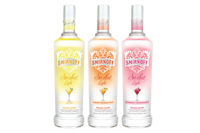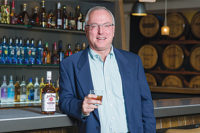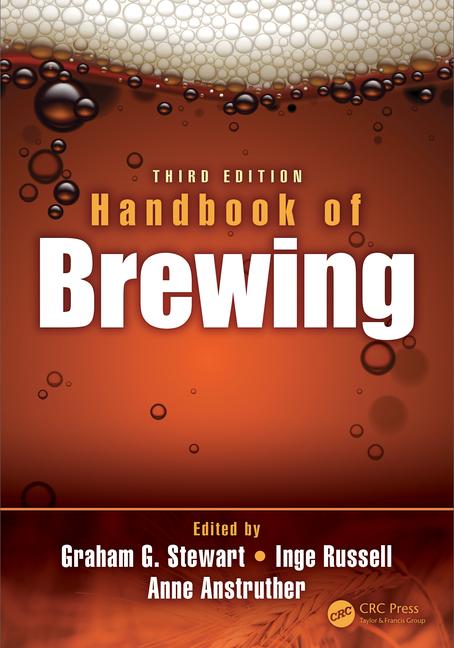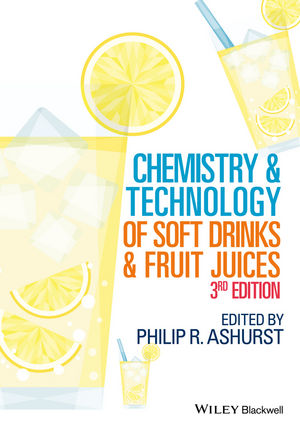A Flood Of New Spirits Flavors
Spirits Continued Their Strong Performance in 2005, Attributed Largely to the Increase in Flavor Offerings That Appeal to Consumers 21 to 35 Years Old, According to Euromonitor International’s 2006 Alcoholic Drinks in the U.s. report. Spirits Volume Reached More Than 1.5 Billion Liters in 2005, the Report Said.
Gains for Irish whiskey, brandy, Cognac, vodka, rum
and tequila drove overall sales of spirits. While some other whisk(e)y
variety sales remained flat, Irish whiskey’s increased penetration of
the U.S. marketplace contributed to its 9 percent increase in volume sales
in 2005. While whisk(e)y is positioned to appeal to more established
drinkers, Cognac, and even brandy, continues to benefit from marketing to
younger, hip consumers.
| Global wine volume (MILLIONS OF LITERS) | ||
| SUBSECTOR | 2005 | FORECAST 2006 |
| STILL LIGHT GRAPE WINE | 19,546.5 | 19,964.6 |
| SPARKLING WINE | 1,848 | 1,896.8 |
| FORTIFIED WINE AND VERMOUTH | 1,068.2 | 1,075.8 |
| NON-GRAPE WINE | 3,263.6 | 3,288.9 |
| TOTAL | 25,726.4 | 26,226.1 |
| Source: Euromonitor International, 2006 | ||
The growing popularity of Latin culture added to rum
and tequila sales in 2005. Rum, especially flavored varieties, remained
popular with younger consumers. Bacardi rum remained the largest selling
U.S. spirits brand by volume, and Bacardi’s overall market share
stayed at just more than 5 percent. Bacardi
nevertheless lost share within the rum category as Captain Morgan increased
volume share. Third place Malibu rum sales increased as well,on the
strength of new tropical-flavored white rums.
Aggressive promotional support from leading
manufacturers have increased tequila sales since 2001, and the growing
popularity of Latin mixed drinks that use tequila, such as Margaritas, have
helped as well. Jose Cuervo, the largest U.S. tequila brand and the
fifth-largest overall distilled spirits brand by volume, saw sales grow by
5 percent. Patron, a smaller super-premium tequila, grew volume 67 percent,
benefiting from U.S. consumers’ move toward premium and super-premium
distilled spirits.
| Top spirits (individual brands) | ||||
| VS.PRIOR YEAR | DOLLAR % BRAND | CHANGE MARKET VS.SALES PRIOR YEAR | % CHANGE SHARE | |
| Smirnoff Vodka | $173,198,800 | 9.0 | 21.3 | 0.4 |
| Bacardi Rum | $160,586,200 | 6.0 | 41.0 | -0.4 |
| Captain Morgan Rum | $115,857,300 | 12.9 | 29.6 | 1.5 |
| Jack Daniels | $107,020,400 | 7.2 | 18.1 | 1.0 |
| Absolut Vodka | $89,799,940 | 8.6 | 11.1 | 0.2 |
| Jose Cuervo Tequila | $87,792,660 | 2.5 | 41.7 | -3.0 |
| Crown Royal Canadian Whisky | $71,348,530 | 3.4 | 12.0 | 0.3 |
| Private Label Domestic Vodka | $60,560,050 | -1.4 | 7.5 | -0.6 |
| Jim Beam Bourbon | $60,015,550 | 4.6 | 10.1 | 0.3 |
| Skyy Vodka | $56,718,870 | 9.4 | 7.0 | 0.2 |
| CATEGORY TOTAL | $2,992,911,000 | 4.5 | 100.0 | 100.0 |
| Source: Information Resources Inc., Total food and drug outlets for the 52 weeks ending June 18, 2006. | ||||
Vodka sales continued to grow in 2005 as a result of
its popularity in mixed drinks such as vodka martinis, gimlets, tonics and
cosmopolitans. The increase in flavored vodkas and the growth in
flavored-vodka mixed drinks also are contributing to vodka’s
popularity. Current value growth continues to outpace volume gains as a
result of consumers trading up from mid-priced brands, such as Smirnoff, to
premium-priced brands such as Belvedere, Grey Goose and Stolichnaya.
U.S. spirits sales growth is expected to accelerate as
the economy recovers and growth trends, such as the growing Hispanic
population and increased interest in premium-priced products, further
develop. Between 2005 and 2010, volume sales are predicted to see a
compound annual growth rate (CAGR) of 4 percent, while constant value sales
look set for a 5 percent CAGR, as consumers continue spending more on
premium products. Tequila is forecast to see growth in volume sales of 45
percent between 2005 and 2010. Vodka is forecast to grow in volume by 47
percent during the same period.
| Top wines by brand(individual brands) | |||||
| PRIOR YEAR | DOLLAR % BRAND | CHANGE VS.MARKET SALES PRIOR YEAR | % CHANGE VS.SHARE | ||
| YELLOW TAIL | $179,407,000 | 15.9 | 4.1 | 0.2 | |
| FRANZIA | $160,152,800 | 2.2 | 3.6 | -0.3 | |
| SUTTER HOME | $151,313,000 | 4.2 | 3.4 | -0.2 | |
| WOODBRIDGE BY ROBERT Mondavi | $139,496,300 | 1.2 | 3.2 | -0.3 | |
| K-J VINTNERS RESERVE | $133,241,600 | 5.3 | 3.0 | -0.1 | |
| CARLO ROSSI | $106,073,500 | -3.3 | 2.4 | -0.3 | |
| BERINGER | $105,875,000 | 5.6 | 2.4 | -0.1 | |
| LIVINGSTON CELLARS | $103,948,400 | 0.0 | 2.3 | -0.2 | |
| ALMADEN | $81,968,620 | -7.9 | 1.9 | -0.4 | |
| CLOS DU BOIS | $71,519,350 | 10.6 | 1.6 | 0.0 | |
| CATEGORY TOTAL | $4,423,666,000 | 9.5 | 100.0 | 0.0 | |
| Source: Information Resources Inc., Total food, drug and mass merchandise (excluding Wal-Mart) for the 52 weeks ending June 18, 2006. | |||||
Following the same trend as the spirits category in
the United States, wine repeated increases
in both price and volume sales last year. New labels, packaging options and
greater availability helped broaden wine’s appeal to a mainstream
audience. Domestic and foreign wine sales in the U.S. market grew 5 percent
in 2005 to an estimated 703 million gallons, valued at $26 billion at
retail, the Wine Institute reports. Of the total U.S. sales, table wine
amounted to 619 million gallons, dessert wine reached 53 million gallons
and champagne and sparkling wine grew to 30 million.
Still light grape wine – red, white and
rosé – leads the wine category, making up more than 90 percent
of volume sales and more than 80 percent of value sales in 2005,
Euromonitor says. Still red and white wines are running neck-and-neck in
terms of volume sales, each accounting for about 41 percent, but red wine
still holds a slight lead over still white wine. Consumer interest in
drinking more and different varieties of wine benefited still red wine,
particularly Merlot and Cabernet Sauvignon.
Domestic California wine sales reached another record
high of 441 million gallons in 2005 with a retail value of $16.5 billion,
according to the Wine Institute and the Gomberg-Fredrikson
Report. Total California winery shipments to
domestic and international markets reached 532 million gallons last year.
Internationally, preliminary export numbers for 2005
declined 17 percent in value and 16 percent in volume, following
substantial growth in 2004 of 28 percent and 26 percent, respectively,
according to the U.S. Foreign Agricultural Service. The primary reasons for
the decrease involve a change in European sales, the Wine Institute says.
To save costs, some wineries are shipping their brands as bulk wine instead
of bottled product. The bulk wine is then bottled abroad for distribution
throughout Europe.
Despite a consistent trend of trading up, economy
priced wine – priced at less than $2.99 for a 750-ml. bottle –
still accounts for almost 37 percent of off-trade U.S. wine volume sales,
Euromonitor reports. But economy wine’s share of volume sales fell by
4 percentage points from 2000 to 2005. The share of standard wines priced
between $3 and $6.99 dropped by 2 percent during the same period. Wines
priced $10 and above saw the most dramatic rise in volume sales from 2000
to 2005, as most consumers still equate higher prices with better wine. BI




